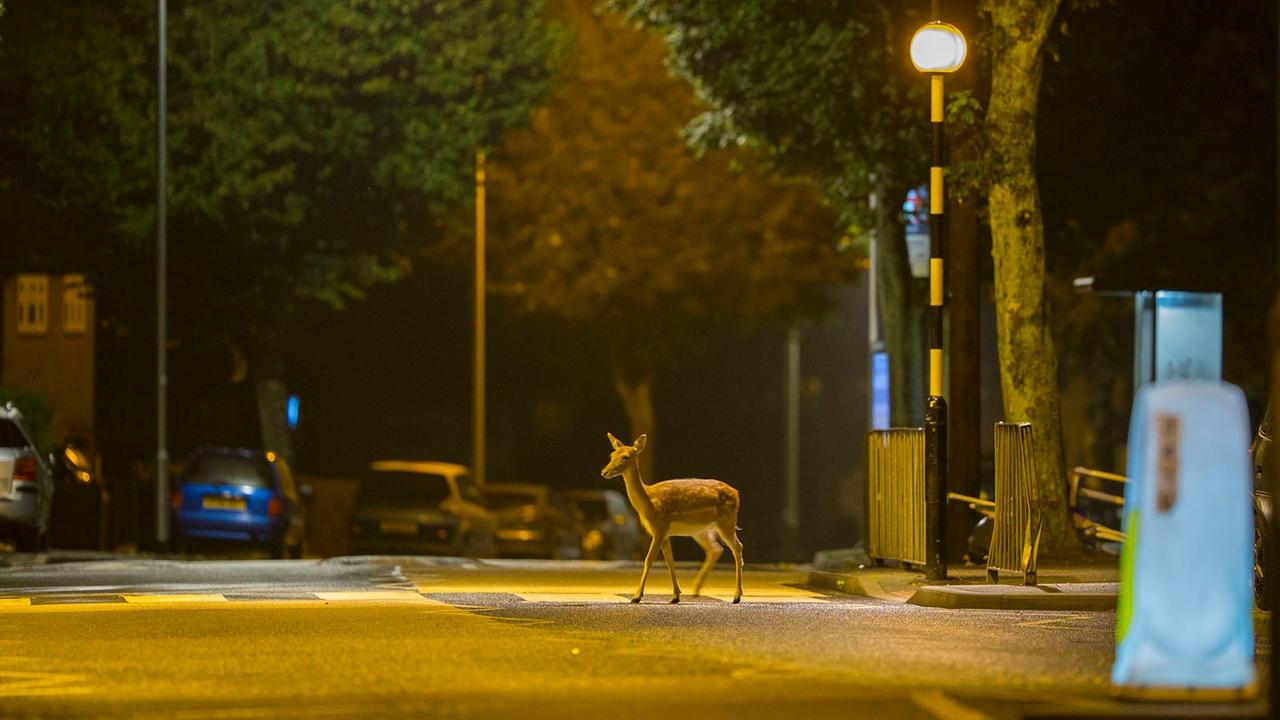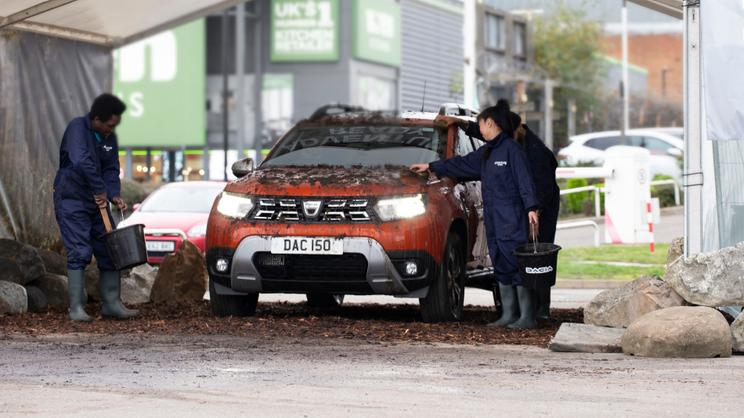Not a fan of driving in the dark? It's statistically the most dangerous time of day to drive, so find out how best to prepare for a night-time drive.
Driving at night isn't just more challenging than driving in daytime – it can be more dangerous too. But with a little thought and preparation, it can be a walk in the dark. Well, a drive. Here are our tips for feeling at ease on a night-time journey.
Obviously, it gets dark earlier in autumn and winter, so more of your journeys will be in the dark. And, during winter, you could have to overcome adverse weather too – check out our winter driving tips page for more info.
Before you set off – check your headlights
Your headlights are hugely important to your safety when driving at night – they help you see and help you be seen by other road users.
So before setting off on a journey in the dark, make sure your bulbs are all working on both high beam and low beam. If they're not, you'll need to replace them before you set off. While you're doing this, check your brake lights and indicator bulbs too.
Driving with only one headlight working will make it harder for you to see, but it also makes it harder for other motorists to see you. They may also think you’re a motorcycle and, if you get stopped by the police with only one headlight working, you can expect a £100 fine and three points on your licence.
If you drive an older car, the plastic lenses on your headlights can cloud over as the years pass, reducing the light they emit. You can buy headlight restoration kits to clear the plastic – you just need a drill or some elbow grease to buff the headlights back to life, or you can pay a car detailer to do it for you. You’ll also need clear headlight lenses for your car to pass its MOT test.
If your car has traditional headlight bulbs that look a bit yellow, it's worth upgrading to some brighter halogen bulbs. Or, if you're in the position to upgrade your car, go for a model with LED headlights – these are much brighter than even upgraded halogen bulbs, are more energy-efficient and last much longer.
Before you set off – clean your windows
A dirty or stone-chipped windscreen can turn a night-time drive into a nightmare drive. Other cars’ headlights will highlight every smear and smudge on your windscreen, stopping you from seeing out effectively. So give your windscreen a proper clean with a vinegar-based windscreen cleaner, and keep a bottle of it in your glovebox along with a microfibre cloth. If your windscreen is badly chipped, consider getting it replaced on your car insurance for a minimal fee.
While you’re cleaning your windscreen, clean off your side and back windows, and give your door mirrors a shine, too – you’ll be grateful for it once the sun sets.
When you’re driving – know how to use your headlights
It sounds silly, but make sure you know how to turn your headlights on. Usually by using either a twist of a control stalk behind the steering wheel or a dial on the dashboard to the right of the steering wheel. You’ll want to use your dipped headlights as dusk approaches, and keep them on if you’re driving in the early hours of dawn. This will help other cars see you against a low sun.
Only use your main beams (also called full beams or high beams) if there are no other cars about – they can easily dazzle other drivers even if they’re quite far away, so switch back to dipped beams as soon as there’s another car in view. Your main beams are most useful on unlit country roads. You can tell when your main beam’s on by way of an illuminated blue headlight symbol on your dashboard.
Modern cars typically have automatic headlights – so you'll need to remember to check they're illuminated when they should be – and some cars also have automatic high-beam assist. This clever function puts your main beams on for you, and quickly takes them off when the car senses another car in view.
Don’t stare at the glare
It’s easy to be mesmerised by the headlights of oncoming cars at night, so make a conscious effort not to stare at other cars’ headlights. Not only will this stop you from being distracted, but the glare from other cars’ headlights can dazzle you and stop you spotting upcoming hazards.
A good tip is to keep your eyes well ahead and to the left, keeping an eye on the white line marking out the left-hand edge of the road. If the glare from other cars is affecting your vision, slow down a little. If you're consistently being affected by night-time glare, consider visiting an optician.
Take extra care around town
It sounds obvious, but pedestrians and cyclists will be far harder to spot at night. So slow down around town and give yourself time to stop in case a pedestrian steps out in front of you. Make doubly sure to do this near schools, and consider if you're driving at a time when more people than usual might be out – for example, watch out for distracted young trick-or-treaters stepping into the road at the end of October.
Be aware of wildlife

This tip is especially important when driving at night through quiet rural areas. Nocturnal animals such as deer are much more likely to run across the road in front of you at night. Keep an eye out for reflections from their eyes at the side of the road, and be prepared to slow down or stop if you see any wildlife. Most importantly, remember that if one deer runs across in front of you, more are likely to follow close behind. Slow right down and prepare to stop if it’s safe to do so.




































